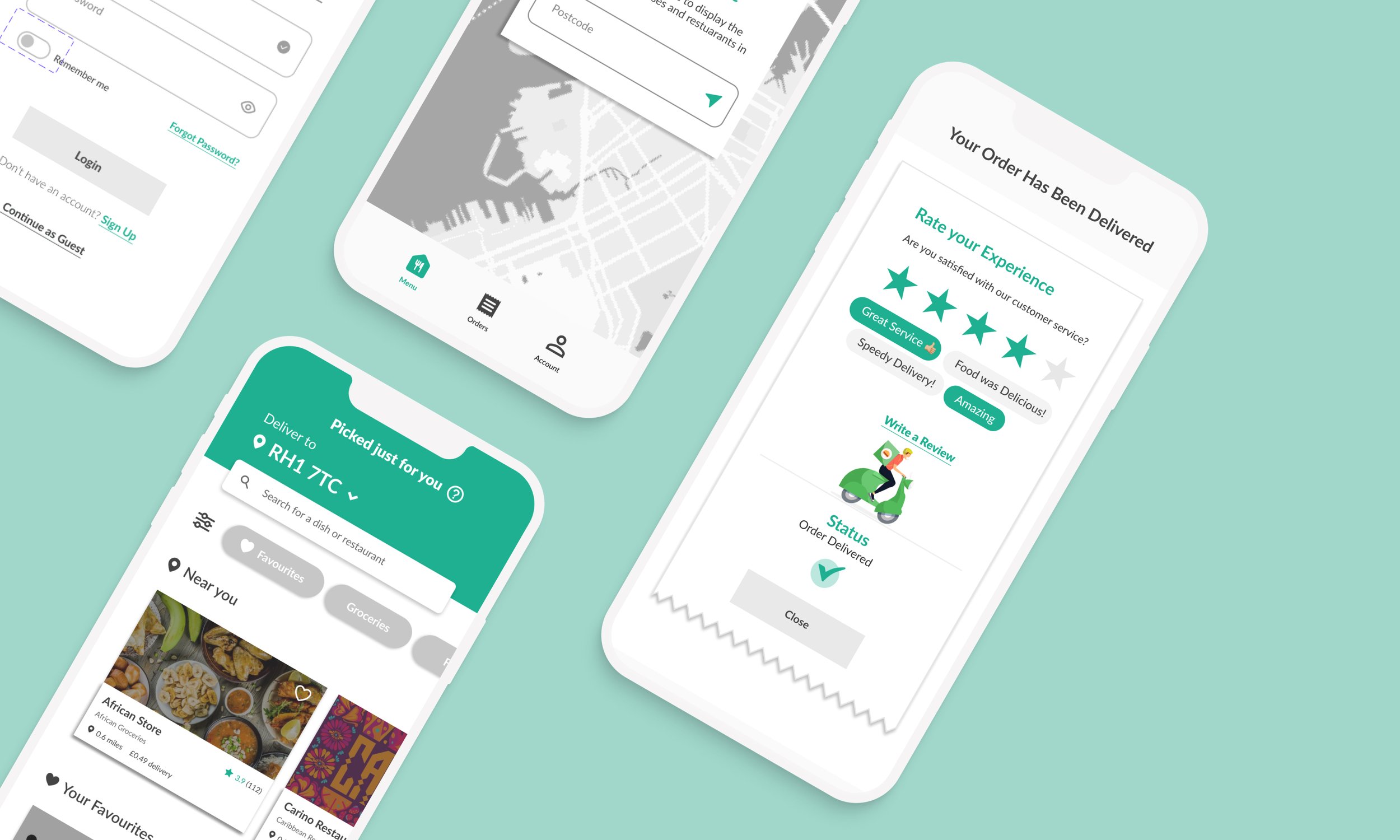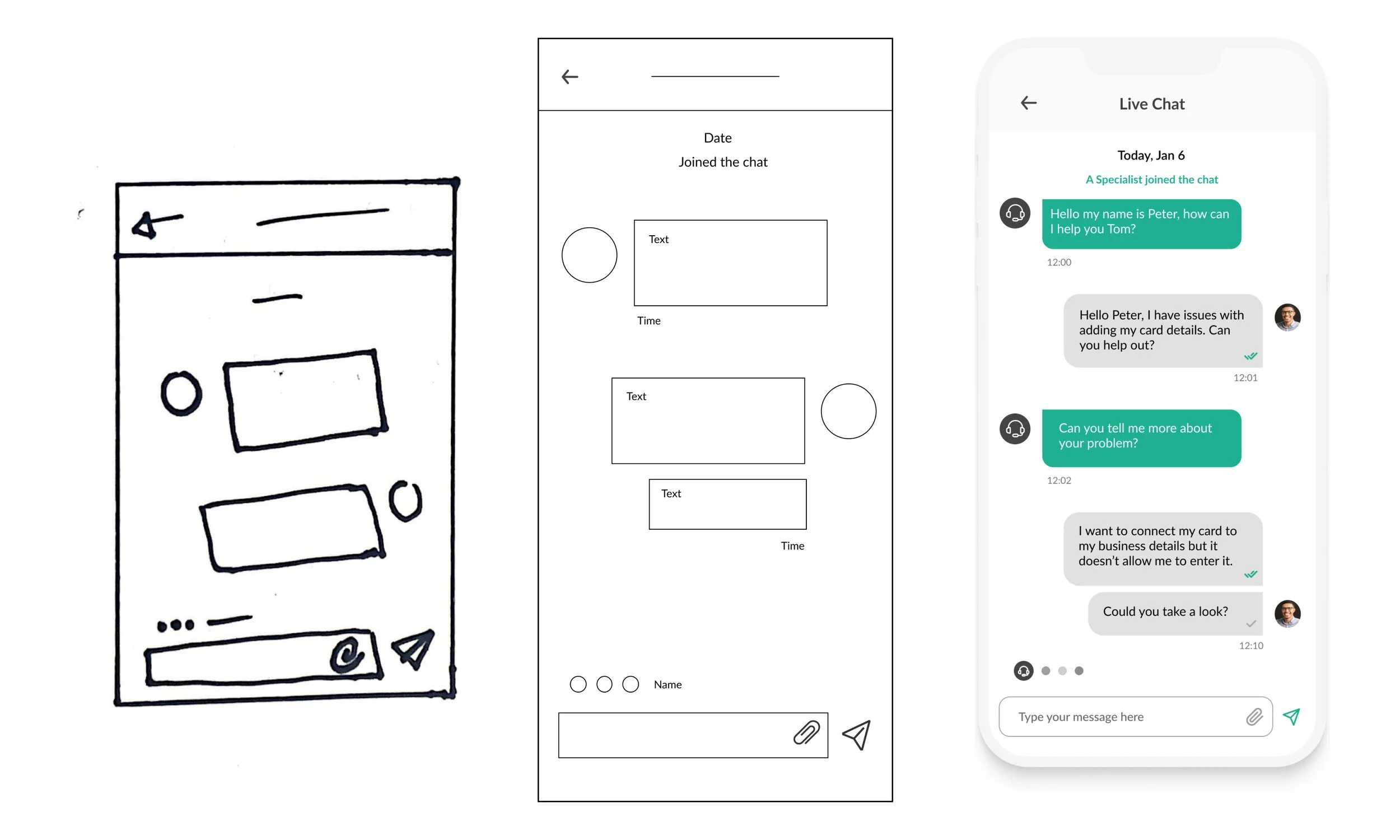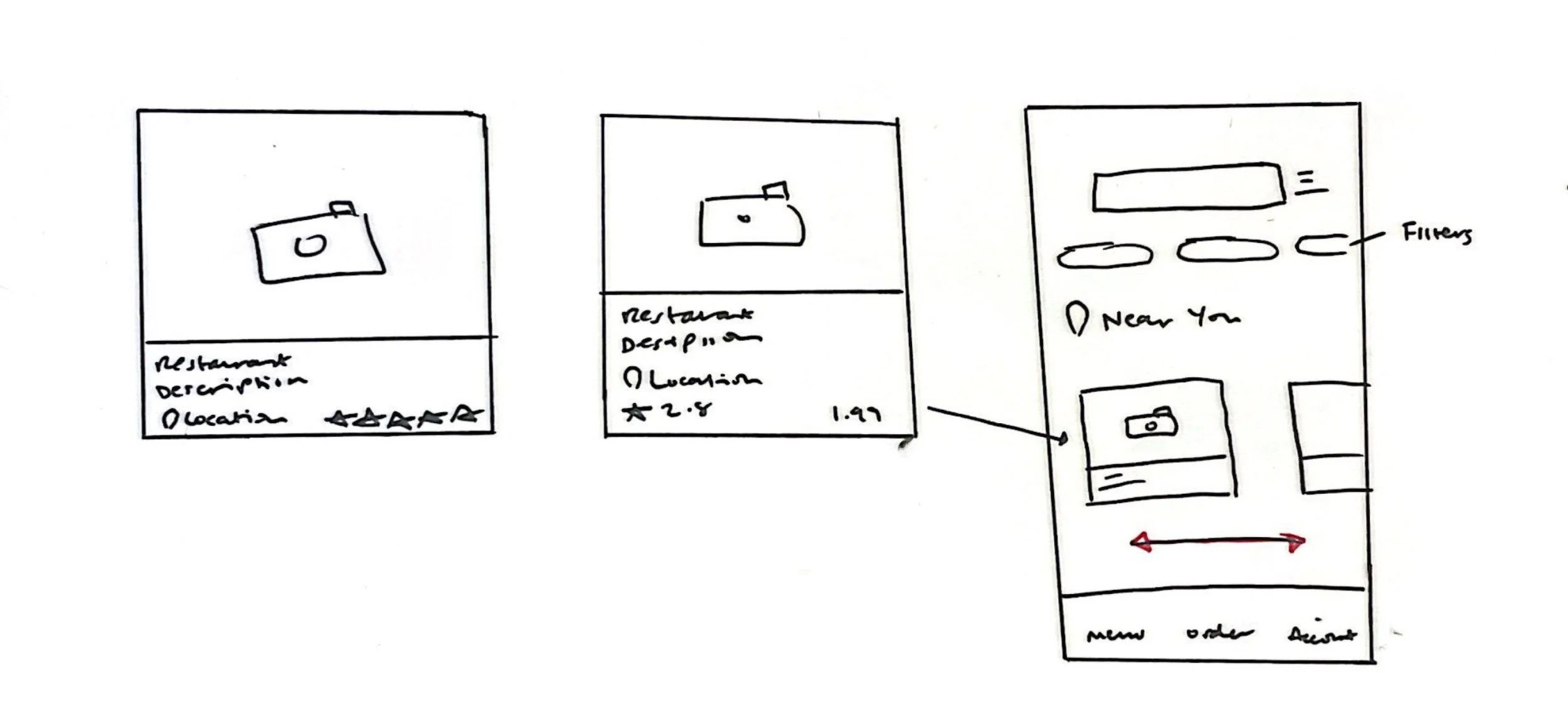
What is Homely Hub?
Homely Hub is a food delivery app run by a company called Plenitude Global based in London.
Overview
Plenitude Global recognised that there are many African & Caribbean food businesses in London that are not reaching their full potential as a business due to being unseen. Currently the businesses gain customers through word of mouth, social media marketing and vendors own efforts. They want existing businesses to thrive as well as make it easy for new businesses to start.
Plenitude aim to create a platform for these businesses called Homely Hub. Homely Hub is an app where customers can find local African and Caribbean food businesses using their geolocation. They are able to order food and products which will be delivered to their homes. There is also a vendor app which allows vendors to upload their menu for the main app as well as track sales and orders.
My Role
I was hired as a Junior UI UX designer in the first 4 months and later promoted to lead UI UX Designer for the last 3 months of the contract. In the first 4 months I was assigned to produce different UI screens. I wire-framed and designed the prototypes on Figma. I would regularly present the designs in scrum meetings to the tech leads, front end developers and business analysts. When I was promoted to lead designer I would work closely with the company leads and assign tasks to my team and make sure we were following UI UX principles when designing the prototype.
Problem
The UI UX team were given many business requirements and functions that we should include in the prototypes. As I joined the company in the prototyping stage I had the tasks of designing the customer chat screens, main menu, checkout screens and many other screens in the main app. In addition I created screens for the vendor side of the app such as the vendor order screens and business dashboard screens. In this stage I would conduct research of existing apps, create wireframes and produce prototypes. Additionally I would ask for improvements from the front end development team and tech leads so the screens were user friendly and of high standard.
Goals
Design should indicate users what to do
Grey and green buttons were used to show users when the can move forward in the app. A common theme the UI UX team used across the app was making the buttons grey when users do not complete tasks. Only when the task is completed the buttons would turn green to continue the experience. This is one example of the common design decisions that helps with the user experience being smooth.
Design should include business and stakeholders requirements
During our scrum meetings the UI UX team would be given business requirements. These requirements were important as it helped add to the UX research stage of the design process. The requirements allowed us to understand what goals the business would like the design to have.
Completing UI before contract ending
Homely hub is a startup company that hired most employees in a 6 months contract. This meant that the project would has a tight schedule yet it needed to be completed to its upmost potential. To make sure I was able to produce strong designs in Homely Hub before my contract ended I made sure to be organised, manage my time, communicate across teams and perform UX UI tasks well.
Overall business goal
The business goal is to help customers find and purchase food and goods from local African and Caribbean businesses without effort. The goal for the vendor app is to make it easy for vendors to set up their business, handle orders and track business statistics. Overall Homely hubs aim is to create a niche food delivery service for African and Caribbean cuisine where their competitors will be apps like Uber Eats and Just Eats.
Design Process
The design process would start of with research from the business analysts and a list of business requirements from the stakeholders and tech leads. The requirements were lists of what features should be included and what could be included. We would have meetings to discuss the research and what users needs we will be meeting for that task. The tasks would last for 2 weeks and within these 2 weeks the UI UX team would sketch, wireframe, prototype, test and improve designs till it meets tech leads and stakeholders standards.
Customer Service Live Chat
I first researched existing user interfaces of live chats from bank apps, other designers on Figma and Whatsapp. I then sketched a mockup and designed a simple wireframe on Figma. After the wireframe I designed the prototype on Figma.
Main Menu
The main menu was designed as a team. I designed the restaurant profiles, I looked for inspiration from other food apps such as JustEats and UberEats to see what are the most important features for users. As a result I gathered that the restaurants name, ratings and distance was important. I created sketches and then we included these profiles on the main Figma prototype.
Results
This was a kickstarter scheme which lasted for 6 months. The company wanted our small team of UI UX designers to complete as much of the app as possible. Fortunately before my contract ended all screens were made to a version that the tech leads were happy with. We were able to complete every task and were seen as the most productive team in the company. The app is now in the coding stage of development and is intended to be released when ready.
Personal achievements I made in this company were:
Promoted from Junior UI UX designer to Lead UI UX designer
Working in an Agile environment and understanding the Agile methodologies.
Recognised member of the company and building good relationships across different teams.
Designs were approved by tech leads and used for final prototypes.
Using Figma for wire-framing and prototyping.
Developing UI UX skills.
To see final design I am happily able to show it during interview stage and can show the many screens I designed.



